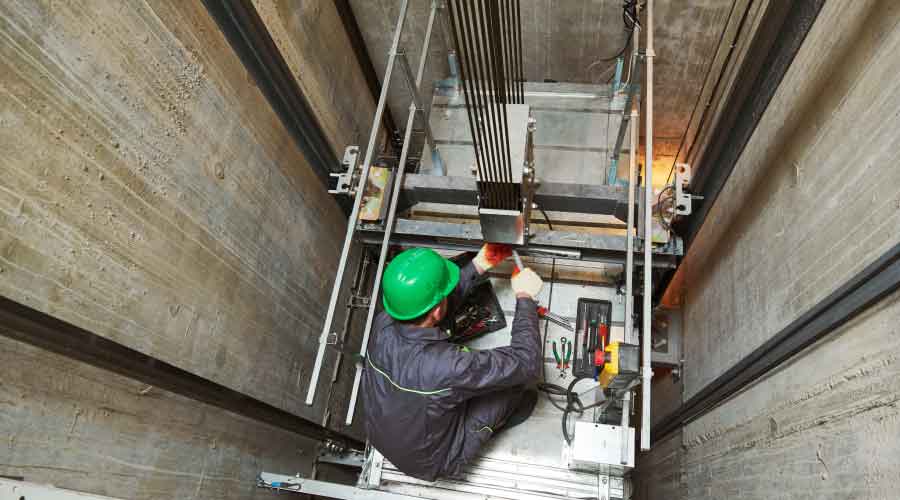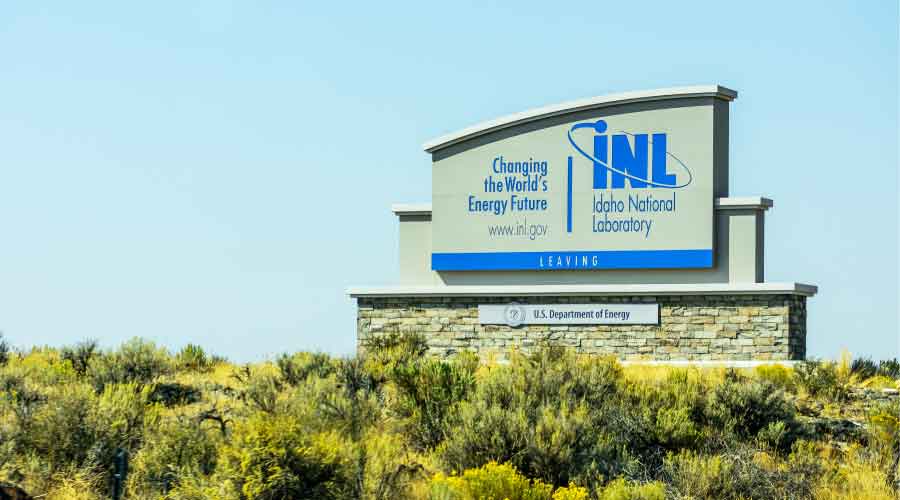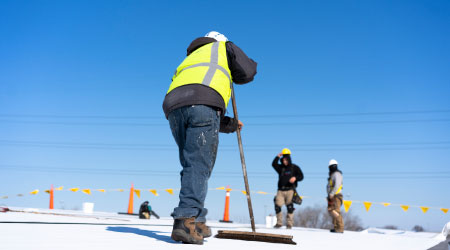
Consistent Elevator Maintenance is Needed in Facilities
In and out of the cab, keeping a regular maintenance schedule is vital to a successful elevator program June 6, 2022
Three-million trips. That sounds like an imposing number of moves for an elevator before reaching its end-of-life before needing replacement.
Of course, how long it takes to reach three million trips depends upon the kind of facility the elevator serves. If it’s in a skyscraper office building or a Las Vegas casino, it could take less than 10 years. Smaller and less-populated buildings can extend that timeframe a much longer time.
But no matter what the timeline is, facility managers must adhere to a consistent maintenance schedule to ensure that elevators do realize their lifetime expectations.
“We recommend minimum monthly maintenance to have a qualified technician licensed by the state that goes to every elevator in the facility once a month,” says Eric Lazear, vice president of business development, American Elevator Group, a collection of elevator group companies operating across the country. “Now, is (the inspection) going to be four hours, once a month, or two hours every other week? You can work that out with the property manager, but we definitely believe in monthly maintenance.”
Elevator maintenance takes on two separate qualities, says Lazear. It involves what riders see, and what they don’t.
In addition to the push buttons, lights and carpet that help give the cab a comfortable feel for riders, maintenance managers also need to regularly inspect the exterior parts of the cab.
“You don’t see the cables and the wire ropes and equipment that makes elevators go up and down. You don’t see the machine’s rotors,” Lazear says. “You don’t see any of the safety equipment that makes elevators the second safest form of transportation after airplanes.”
While elevator cabs are built to last a long time, the components that enable the cab to move up and down elevator shafts are not as likely to last as long.
“We get into more of a 20 year to 30-year cycle on most existing commercial elevators, and that’s when you start looking at some performance issues,” Lazear says. “At that point, you find they don’t level as well as they used to have to keep calling mechanics out to make adjustments and components start to fail.
“When we get into that 20-, 30-year range, depending on the use and the environment, then you start thinking about replacing the parts you don’t see, the motors, the machines, the controls.
“The structural steel guide rails, are going to last 50, 60 years. They're going to last forever because they don’t move. They don’t wear out unless there’s rain in the building and it’s rusting. You may just want to replace the wheels the elevator rides up and down on to keep a nice, smooth ride.”
Updating the cab interior is also an important part of elevator maintenance, Lazear says.
“Customers get tired of the appearance of their elevators, because styles change in 15 to 20 years,” he says. “Maybe they had stainless steel buttons, but now bronze is cool looking, or maybe they had square buttons but now like fancy round buttons.
“Now, there’s a lot of touchless buttons, and of course with COVID, people want buttons you don’t have to touch. Or the walls are carpeted and people or dogs are leaning on it. So, on average, about every 15 years, our customers start to talk about beautification upgrades.”
Dave Lubach is managing editor, Facility Market.
Next
Read next on FacilitiesNet












